The Origin and Development of the Alano Español Breed
Welcome to our comprehensive guide on the fascinating history and evolution of the Alano Español breed. In this article, we will delve into the roots of this magnificent breed, exploring its heritage, characteristics, and significant milestones that have shaped its development over the centuries.
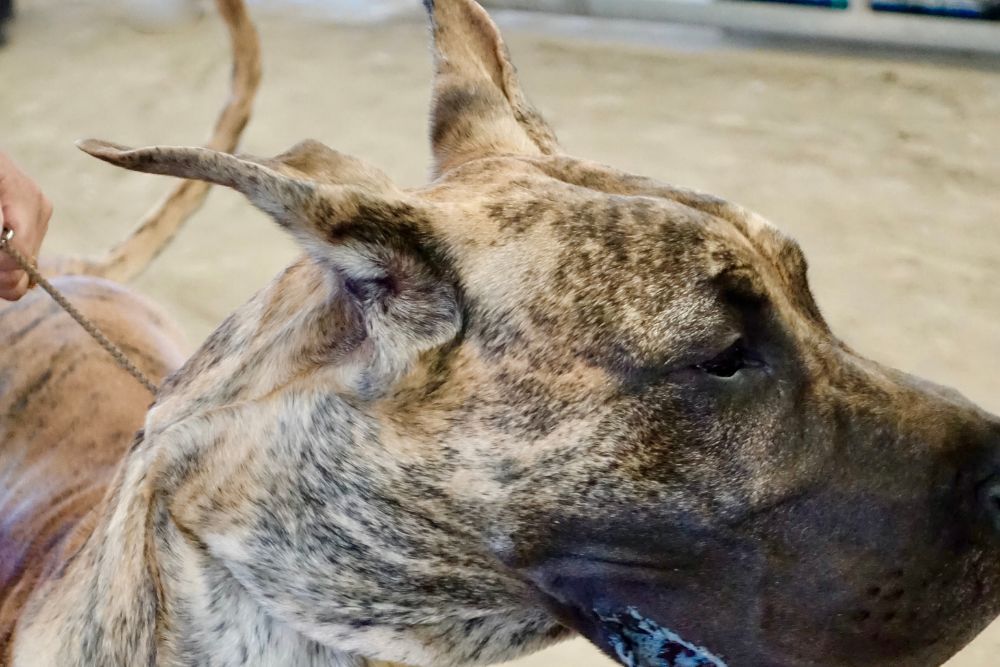
Origins and Ancestry
The Alano Español, also known as the Spanish Alano, is an ancient breed with a long and storied history. Its roots can be traced back to the Iberian Peninsula, where it was believed to have been introduced by various conquerors and settlers who brought their mastiff-type dogs with them. Over time, these dogs intermingled with local breeds, giving rise to what we know today as the Alano Español.

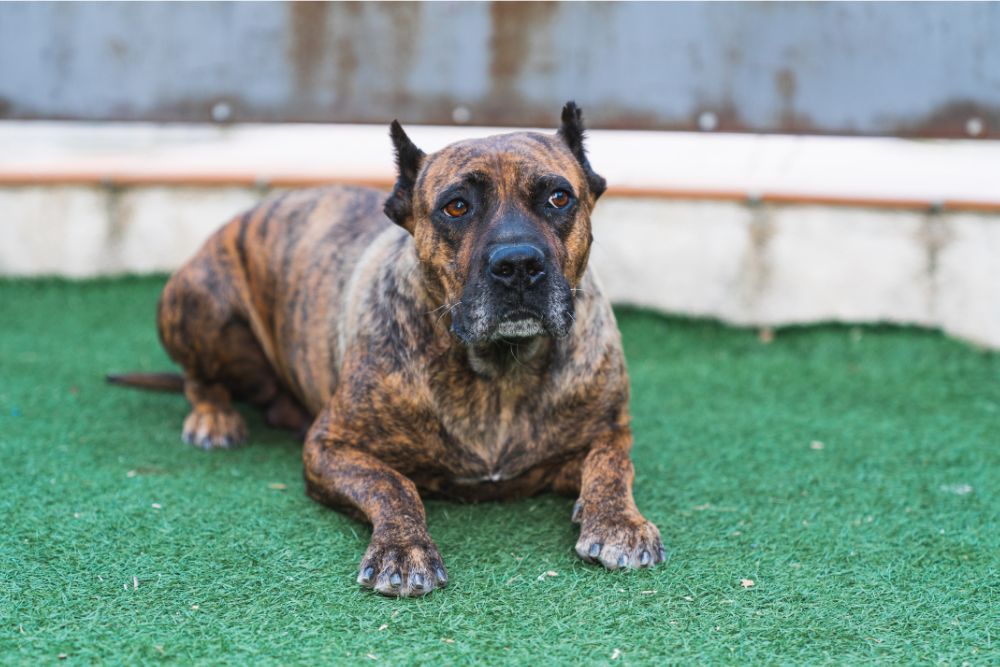
Historical Significance
The Alano Español has played a crucial role throughout history, serving in various capacities that reflect its versatility and loyalty. From being a formidable war dog used in battles to a skilled hunting companion, this breed has earned its place as a valued and respected canine in Spain and beyond.
Physical Characteristics
Size: The Alano Español is a large and muscular breed, with males standing around 23 to 25 inches at the shoulder, and females slightly smaller at 22 to 24 inches.
Weight: Males typically weigh between 88 to 110 pounds, while females are slightly lighter, ranging from 79 to 99 pounds.
Coat: The breed boasts a short, smooth coat that comes in various colors, including brindle, fawn, black, and more.
Head: The Alano Español has a distinctive, powerful head with a broad skull, well-defined stop, and a strong, square jaw.
Ears: Its ears are often cropped, adding to its imposing appearance, though natural, drop ears are also common.
Tail: The breed’s tail is thick at the base and tapers to the end, usually carried low and slightly curved.

Temperament and Personality
The Alano Español is known for its unwavering loyalty, intelligence, and bravery. Despite its imposing size, it is a gentle and affectionate breed with its family, making it an excellent companion and guardian. However, early socialization and training are essential to channel its protective instincts in a positive direction.
Development and Breed Standards
The Alano Español’s development and preservation owe much to the dedication of breed enthusiasts who recognized the significance of preserving its unique heritage. National and international kennel clubs, like the Spanish Royal Canine Society and the Fédération Cynologique Internationale (FCI), have played vital roles in establishing breed standards that ensure the preservation of the Alano Español’s distinctive traits.
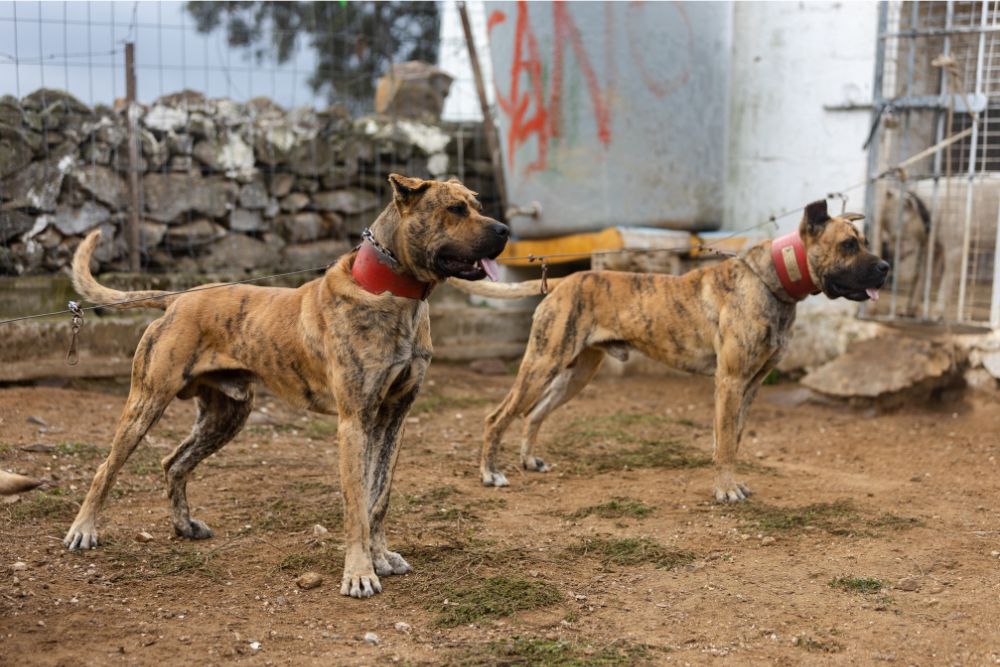

Popularity and Recognition
As a testament to its rich history and desirable traits, the Alano Español has gained popularity beyond its country of origin. Enthusiasts worldwide have come to appreciate its strength, loyalty, and versatility, contributing to its recognition by various kennel clubs globally.
Health and Care
Exercise: The Alano Español is an active breed that requires regular exercise to stay physically and mentally stimulated. Long walks, play sessions, and activities that tap into its working instincts are essential for a happy and healthy dog.
Diet: A balanced diet that meets the breed’s nutritional needs is crucial. Consult with a veterinarian to determine the best feeding regimen for your Alano Español.
Health Concerns: Responsible breeding practices have helped address some potential health issues in the breed, but like all dogs, the Alano Español may be prone to certain conditions. Regular vet check-ups and a proactive approach to healthcare are essential.

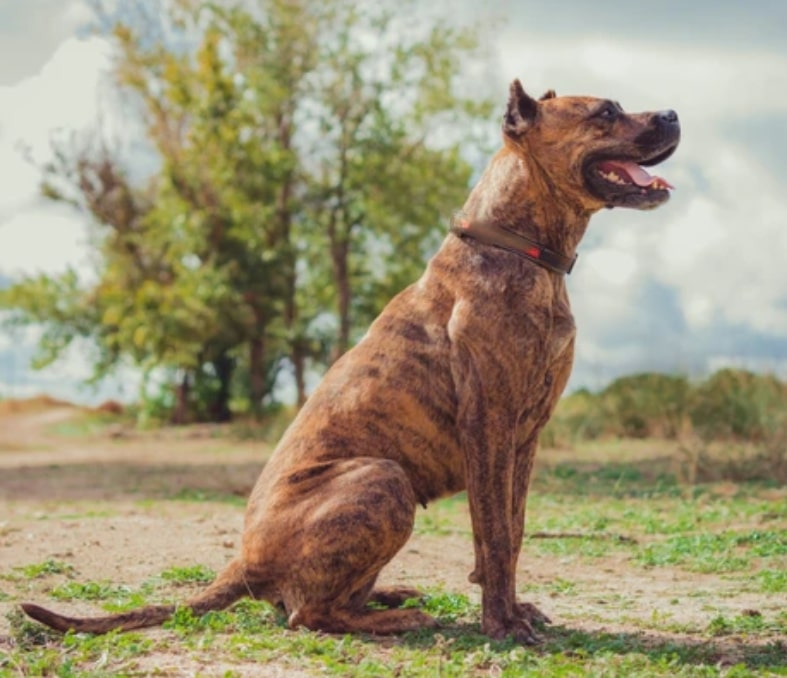
Future Prospects
With its rich history and exceptional traits, the Alano Español’s future prospects look promising. The dedication of breed enthusiasts and responsible breeding practices will undoubtedly contribute to its continued preservation and popularity worldwide.
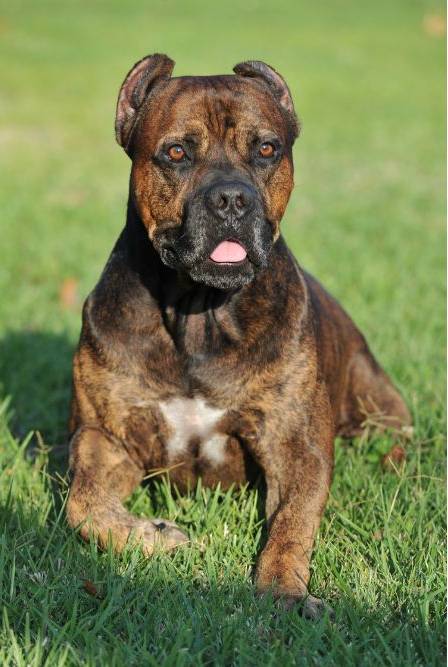
The Origin and Development of the Alano Español Breed
The Alano Español breed boasts a fascinating history that spans centuries, reflecting its importance in various aspects of human life. From its ancient roots in the Iberian Peninsula to its recognition on the global stage, the breed’s journey is one of resilience, loyalty, and adaptability.